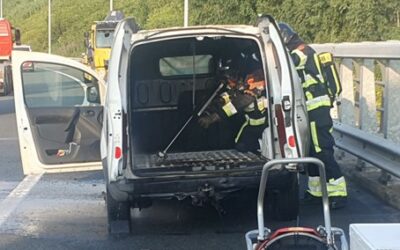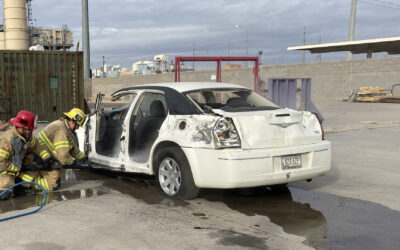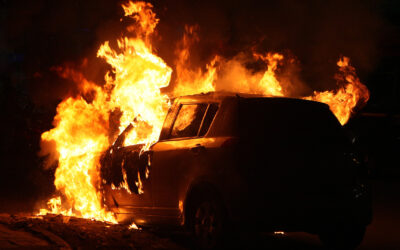Training essential for safer firefighting
The Cobra cutting extinguisher is a powerful tool in several firefighting situations. However, training for both operators and commanders is key to maximising the advantages of the tool. Andreas Andersson, a seasoned firefighter and Cobra Senior Instructor at Cold Cut Systems, conducts Cobra training, in Sweden and abroad.
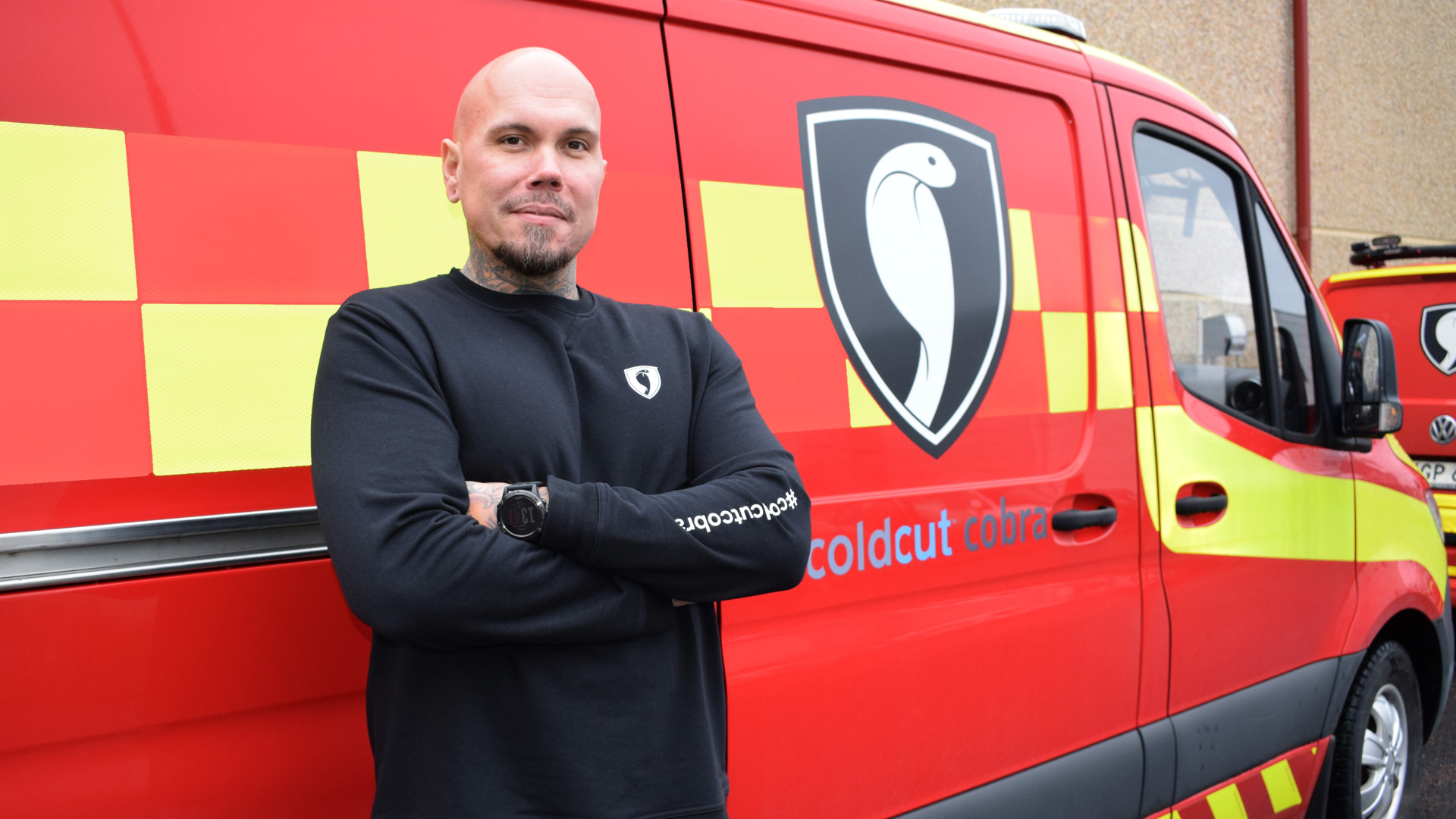
Can you describe the set-up of the Cobra training program?
“Our training program is designed to be comprehensive, combining both theoretical and practical components. The theoretical part is web-based, allowing participants to complete it at their own pace before attending the practical sessions. When they arrive at our training facility, we start with a brief recap to ensure everyone is on the same page regarding safety. The practical exercises include cold cutting through various materials, such as security doors and concrete, and using the Cobra tool in simulated fire scenarios. This hands-on approach helps trainees understand the tool’s capabilities and best practices.”
“Collecting insights from situations where Cobra is in use is valuable to spread the knowledge. That’s why we also recommend a refresher course every three years, to brush up on skills and get the latest best practices.”
Why is it important for everyone in the team to have knowledge of the Cobra tool?
“It’s crucial for all team members, including incident commanders, to understand how and when to use the Cobra tool effectively. In firefighting, the situation can change rapidly, and having a team that is well-versed in the tool’s application ensures that we can respond quickly and efficiently. This knowledge helps in making informed decisions on the ground, which can significantly impact the outcome of a fire intervention. It’s about integrating the tool into our overall strategy and ensuring everyone is aligned on its use.”
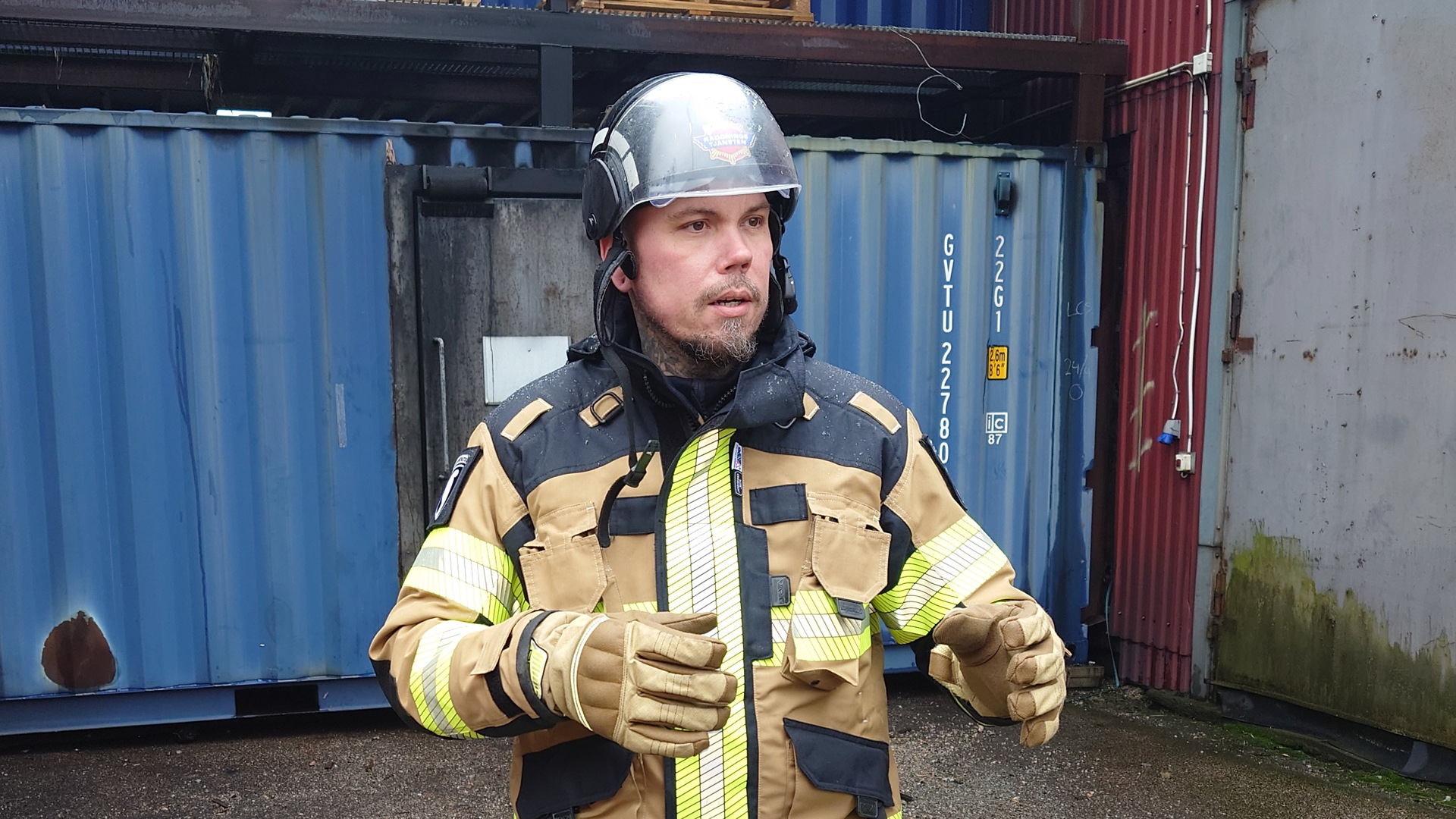
What do you think are the key benefits of Cobra?
“Safety is always top priority in firefighting. The Cobra tool enhances safety by allowing us to reduce and cool fire gases and reduce the risk of backdraft. By using the tool in combination with a fan to ventilate fire gases, it is possible to create a safer environment before entering a fire scene. This minimizes exposure to harmful smoke and gases, which is crucial for reducing long-term health risks to firefighters, such as cancer. The tool is highly effective when used correctly, and it complements other firefighting methods. It’s not about replacing traditional tools but enhancing our capabilities with a modern approach.”
“Another benefit is that with less water usage, the scene of the fire is often in better shape after extinguishing with a Cobra than a traditional hose. The Cobra uses 60 litres (16 gallons) per minute, compared to 350 litres (92 gallons) per minute with a hose. That reduces the water damage to the building and increases the chance of restoring it.”
With an increase in electrical vehicles, how can Cobra be an important asset to fighting car fires?
“Any car fire can potentially produce toxic fire gases. Firefighters are trained in handling situations with conventional cars, but as electrical vehicles are on the rise there is a need for training to confidently handle situations specifically concerning Li-ion batteries.”
“This is one of the situations that the firefighters I encounter appreciate Cobra the most and an area where traditional skills aren’t satisfactory.”
What kind of response do you get from Cobra users?
“The feedback has been very positive. Firefighters can be a bit stubborn and want to stick to traditional routines, as they feel safe and comfortable. But with Cobra it seems like the benefits of using it are enough to create engagement and curiosity.”

